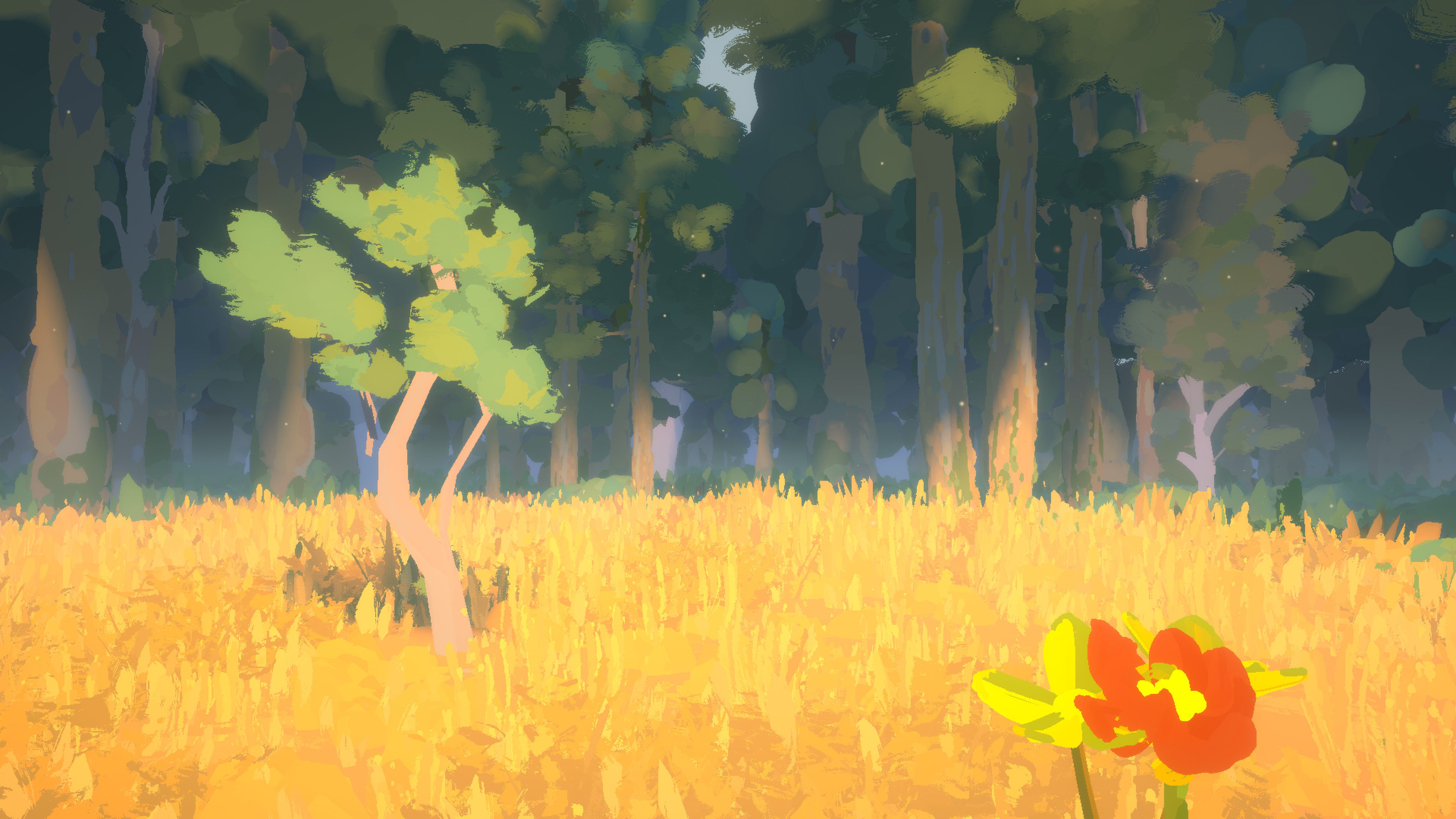Right. You wander through trees, and the trees talk to you. Occasionally you pick a flower. That’s the basis of this, but the stuff the trees are saying? They speak in a dozen voices, shifting and rustling and getting louder and quieter as you move. They’re all telling the same story. It starts with blindness: You are asked to think about blindness - deep blindness, the state beyond imagery. You think about the sunlight. And then we’re into this strange, loping narrative, which for me was all about breaking perception and presence down into its various parts. Sensation, cognition, what it feels like to have fingers and skin and a spine. And you have to play along. You have to really try to unstitch the various experiences that get you from one moment to the next. It’s worth playing Sunlight just to focus on this: the panorama of moment-to-moment experience is not actually a panorama at all, or rather it’s a panorama that’s constructed from lots of individual parts, none of which, by themselves, are particularly grand. Break it all up. What does it feel like? Those trees! Lots of them moving past you as you walk without legs but with the sound, somehow, of leaves crunching beneath the feet you also don’t have. The trees are made of paint - you can see the dabs and strokes, the virtual hairs of virtual brushes. But they’re also trees, with a bit of presence to them, a bit of character. At first I tuned out of the story and just focused on the trees going past, the flowers I had to pick. But then I was brought back in by the slightly creepy clarity with which Sunlight manages to separate the different aspects of perception and cognition and physical presence. Some people find Sunlight soothing, but a friend was stressed by it and for me? For me it’s not soothing for sure. It shakes me into the moment I’m currently in and forces me to really look at everything that makes it up.
